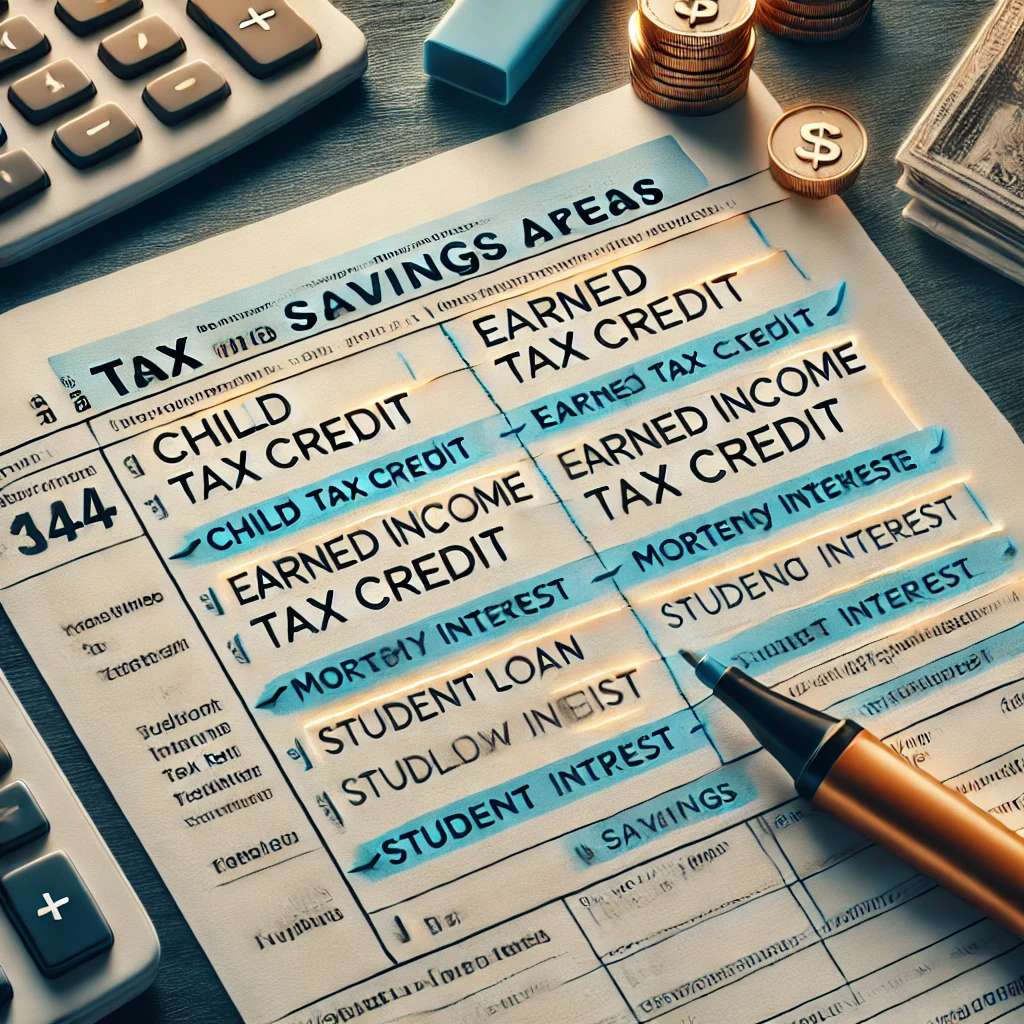
Welcome back, hermanos!
For many of us starting our professional journey, filing taxes can feel like the first major financial hurdle. It’s an essential part of being financially healthy, and while it might seem complicated, it doesn’t have to be a headache.
As young Latinos in the U.S., we are a powerful and growing force in the American economy. Our drive is strong, we are building a strong financial base, with 48% of Hispanic adults reporting they set aside emergency savings in 2021, a significant jump from 29% in 2009 (“A Closer Look at the Financial Capability of Hispanic Adults in the United States”). Converting that confidence into real financial security means understanding and owning processes like tax filing.
This guide simplifies filing your federal taxes into three straightforward steps, ensuring you use the right tools to file accurately and efficiently before the April 15, 2026 deadline for the 2025 tax year. Let’s make this year the one where we take complete control.
Step 1: Prep Your Paperwork – Organization is Power
Before you even open a filing website, organization is key. Having all your documents ready saves time, reduces stress, and prevents costly errors. Start a dedicated folder (digital or physical) and gather the essentials you’ll need to report your 2025 income:
- Form W-2: This is the most common form if you work for an employer. It reports your annual wages and the taxes already withheld. Your employer must send this to you by January 31.
- 1099 Forms: For freelance or contract work, investment income, or other sources of income.
- Receipts for Potential Deductions/Credits: If you plan to claim specific deductions (like student loan interest, tuition fees, or contributions to an IRA), gather the corresponding statements and receipts.
- Social Security Number (SSN) or Individual Taxpayer Identification Number (ITIN): You’ll need this for yourself, your spouse (if filing jointly), and any dependents. Accuracy here is crucial: a single typo can significantly delay your return.
Latino Community Note: We are more likely to participate in independent work. Roughly 40% of Latino adults surveyed have done gig work of some kind, often as a necessary means of support (UnidosUS, “Latinos and the Gig Economy”). If you are one of us balancing a side-hustle or freelance work, pay extra attention to those 1099-NEC (Nonemployee Compensation) forms, as you may be responsible for paying estimated self-employment taxes.
Step 2: Choose Your Path—Selecting the Right Filing Method
The days of needing a physical tax preparer for every simple return are largely over. User-friendly software has democratized the process. Choosing the right method depends on your income and the complexity of your financial situation.
- IRS Free File: For taxpayers whose Adjusted Gross Income (AGI) is $79,000 or less (for the 2023 tax year, this number is updated annually by the IRS), this program offers a number of brand-name, commercial tax software products for free. This is a powerful, no-cost option to consider before paying for a service.
- Why this matters: It leverages the power of commercial software without the fee, which is a significant advantage when you are building your savings and starting out.
- Tax Software Platforms: There are several popular, reputable online platforms (often offering desktop or mobile options) designed to walk you through the process interview-style. They are helpful if you have investment income, itemized deductions, or a more complex return. They charge a fee, but the step-by-step guidance can be worth the cost for accuracy.
- Professional Preparation: If you have multiple streams of income, own a business, or have recent major life changes (like purchasing a home or getting married), a qualified tax professional can ensure you maximize your credits and deductions while staying compliant.
Step 3: Review, E-File, and Archive
You’ve input all your data, don’t stop now! This final step is essential for securing your refund quickly and protecting yourself from future IRS inquiries.
- The Critical Review: Before submitting, the most important step is running the final review provided by your chosen software. Verify your SSN/ITIN, bank routing numbers for direct deposit, and all income figures against your W-2s and 1099s. A small mistake here causes major delays.
- E-File for Speed: Always choose electronic filing (e-File) over mailing a paper return. The IRS states that e-filing is faster, more secure, and allows for quicker processing. If you are due a refund, opting for direct deposit is the fastest way to get your money, often within 21 days (IRS).
- Save and Keep Records: The IRS generally has three years to audit a return, so you must keep your records for at least that long. Save the final copy of your submitted return, along with all the supporting documents (W-2s, 1099s, receipts) in a secure, accessible place. Digital storage is often easiest.
In Conclusion
Filing your taxes is more than just a requirement; it’s an annual check-up on your financial health. By organizing your documents, choosing the right modern tool, and being meticulous in your review, you can complete the process accurately and efficiently. This effort is an investment in your future.
Now that we’ve covered the process, our next article will dive into maximizing your refund through tax credits – stay tuned!
👉 Ask Gabi anything, anytime.
Stay tuned! We got you!
Disclaimer: The information provided in this article is for educational purposes only and does not constitute financial, investment, or tax advice. Please consult a qualified professional for personalized guidance.






